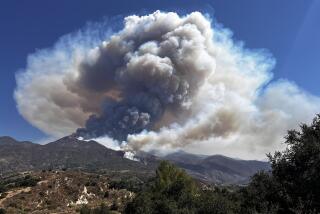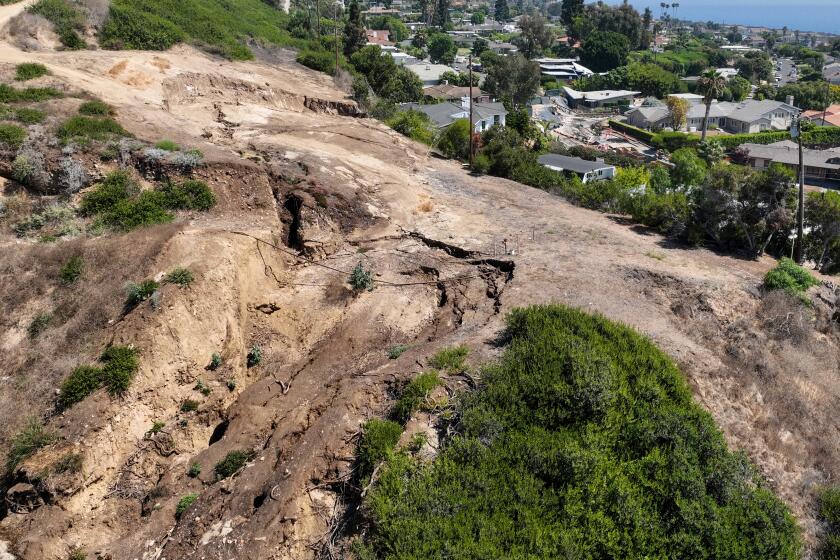Readers React: Let burned forests regenerate themselves. They’ve been doing it without humans for millions of years
To the editor: When California’s early pioneers crossed the Sierra Nevada, they were awed by the massive white pine and fir trees. Those old-growth forests are now gone, fallen to the greed of the timber industry.
The thick bark of these trees allowed them to withstand fires that are part of a natural healthy forest. The lesson for us is that the older forests become, the more fire resistant they become. This is why the U.S. Forest Service’s goal of increased salvage logging and clear-cutting is wrong.
Healthy forests provide clean water and sequester carbon dioxide. Your article on the Trump administration’s push for more logging in burned areas points out the failure of the U.S. Forest Service to protect all Americans by preserving these areas in favor of those interested in taking what belongs to all citizens and turning those trees into dollars for timber companies.
Our national forests should be protected, not degraded by logging.
Fred Krueger, Santa Rosa
The writer is chairman of the board of the World Stewardship Institute, a religion-based environmental advocacy group.
..
To the editor: Despite concerted efforts by powerful interests to promote their financial goals, the Los Angeles Times continues to provide a voice for the truth.
Contrary to what logging advocates claim, nature does not need our help in “restoring” the fragile post-fire forest habitat created by the Rim Fire in the Stanislaus National Forest. Post-fire forests in the Sierra Nevada need to be left alone so they can carry on as they always have by creating rich opportunities for a wild diversity of plants and animals to thrive.
Despite overwhelming science showing that post-fire logging causes significant ecological damage, advocates for the timber industry ignore the fact and use Orwellian double speak to confuse the public. Humans have already caused enough damage.
Richard Halsey, Escondido
The writer is director of the California Chaparral Institute.
Follow the Opinion section on Twitter @latimesopinion and Facebook
More to Read
A cure for the common opinion
Get thought-provoking perspectives with our weekly newsletter.
You may occasionally receive promotional content from the Los Angeles Times.










